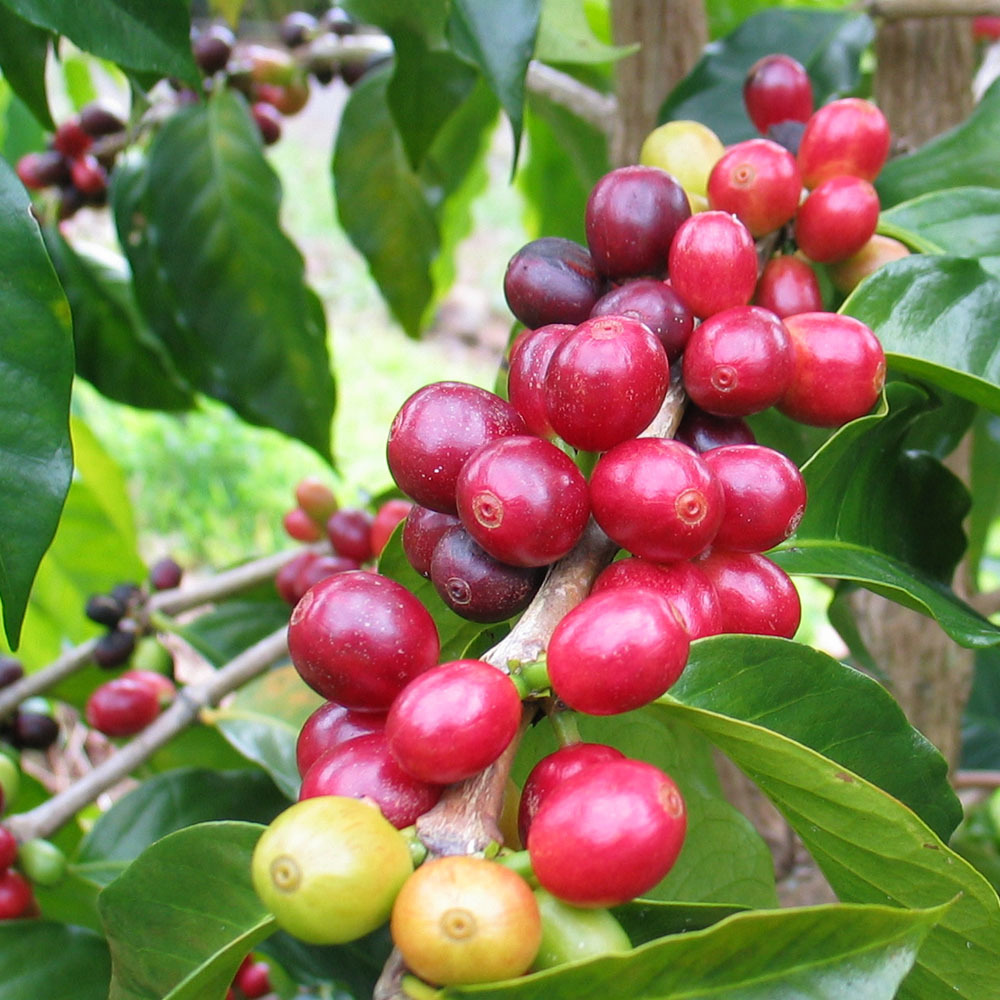Vietnam's coffee production is growing Vietnam boutique coffee Southeast Asian coffee flavor
Boutique coffee is fresh coffee. Whether it's food or drink, of course, the fresh the better, and so is boutique coffee. High-quality coffee should keep the coffee beans fresh before making, including the preservation of baked beans, and grind the coffee beans into powder before making, which is also to retain its original and best flavor. The way of making hand-brewed coffee is such a way to make high-quality coffee, and it is also one of the coffee-making methods that can best retain the original flavor of coffee.
Today's production power, tomorrow's production giant.
Perhaps under the influence of French colonial rule, coffee grown in Vietnam has a French flavor. Arabica coffee was first brought to Vietnam by French missionaries. More than 400,000 coffee trees were introduced to Vietnam from 1865 to 1876 and were planted near Tonkin Bay, mostly Java or bourbon varieties.
At present, Vietnam's coffee production is growing. Among Vietnam's new export products, tea ranks first and coffee ranks second. The main varieties produced are Robbite coffee beans, which exported 66000 bags in 1980 and soared to more than 200,000 tons in 1994. 96% of Robert's coffee comes from small farms, but some state-owned farms also grow coffee trees.
The yield of coffee in Vietnam is as high as 950 kilograms per hectare, and many newly planted coffee trees are invested by the Japanese.
Two years ago, I read a survey report that Vietnam has overtaken Colombia in coffee bean production, ranking second in the world after Brazil. But the trees planted are Robusta trees, and there is still a big gap between the quality of coffee beans and countries like Colombia and Brazil.

Important Notice :
前街咖啡 FrontStreet Coffee has moved to new addredd:
FrontStreet Coffee Address: 315,Donghua East Road,GuangZhou
Tel:020 38364473
- Prev

An introduction to the characteristics of coffee producing areas in Indonesia
The origin of coffee in Indonesia: coffee is produced throughout the island of Indonesia (Indonesia), and Java occupies an extremely important position in coffee history. The best growing areas in the archipelago are in Java, Sumatra, Sulawesi and Flores. Java produces exquisite aromatic coffee with relatively low acidity and delicate taste.
- Next

Introduction to the characteristic Origin of Kenyan Coffee
In 1878, the British landed coffee in Africa and set up a coffee plantation in Kenya in the 19th century, when Ethiopian coffee drinks were imported to Kenya through southern Yemen. But it was not until the early 20th century that the bourbon was introduced by the St. Austen Mission (St.AustinMission). Origin of coffee in Kenya: most coffee in Kenya (Kenya) grows at an altitude of 15.
Related
- Does Rose Summer choose Blue, Green or Red? Detailed explanation of Rose Summer Coffee plots and Classification in Panamanian Jade Manor
- What is the difference between the origin, producing area, processing plant, cooperative and manor of coffee beans?
- How fine does the espresso powder fit? how to grind the espresso?
- Sca coffee roasting degree color card coffee roasting degree 8 roasting color values what do you mean?
- The practice of lattes: how to make lattes at home
- Introduction to Indonesian Fine Coffee beans-- Java Coffee producing area of Indonesian Arabica Coffee
- How much will the flavor of light and medium roasted rose summer be expressed? What baking level is rose summer suitable for?
- Introduction to the characteristics of washing, sun-drying or wet-planing coffee commonly used in Mantenin, Indonesia
- Price characteristics of Arabica Coffee Bean Starbucks introduction to Manning Coffee Bean Taste producing area Variety Manor
- What is the authentic Yega flavor? What are the flavor characteristics of the really excellent Yejasuffi coffee beans?

